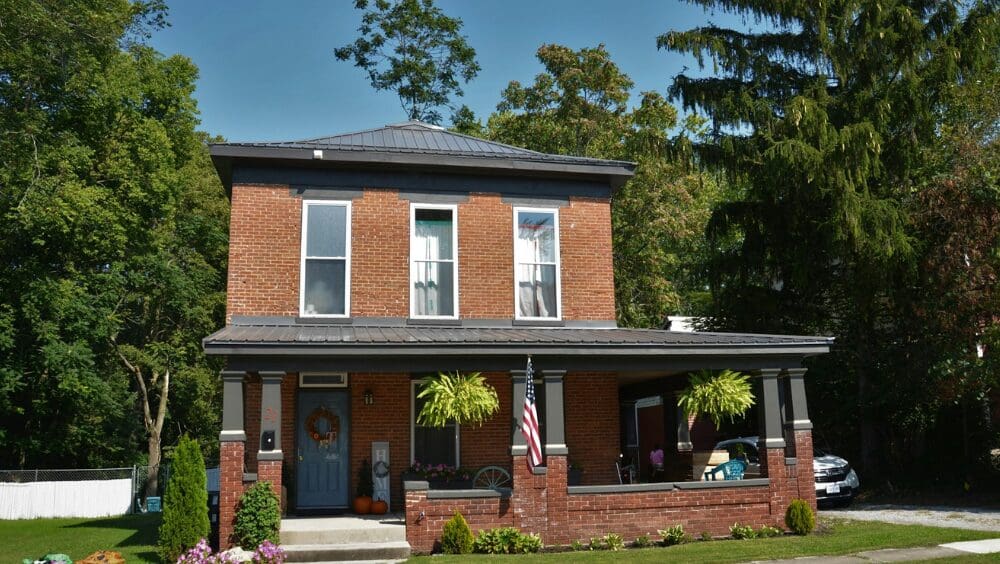
In a divorce, the largest asset most couples divide is their marital home. Typically, one spouse opts to stay in the home, buying out the other’s share of the property’s equity. This buyout is often made possible through refinancing the mortgage, which also removes the departing spouse’s name from the loan and title. However, in this high-interest-rate market, couples are weighing “loan assumption vs. refinance.” The option of a loan assumption can allow the buyout spouse to retain the original mortgage’s payment, interest rate, and term, while still removing one party from the loan and ownership documents. As noted, refinancing during a divorce is a common strategy for the spouse who wishes to keep the marital home. Essentially, this process involves replacing the existing mortgage with a new one, which can serve two primary purposes. In a typical scenario, the spouse staying in the home applies for a new mortgage. If approved, this new mortgage pays off the existing loan, and any additional funds secured through the refinancing are used to pay the equity owed to the departing spouse. This arrangement provides a clear financial separation of assets and allows for a clear transfer of home ownership. However, the current market’s higher interest rates bring a significant consideration to the forefront. To illustrate the impact of refinancing at a higher interest rate, let’s consider a scenario involving a $300,000 mortgage balance on a $450,000 house. The existing mortgage has an interest rate of 3%. If the spouse retaining the home refinances for a buyout at a 7% interest rate, here’s how the financials might look: Existing mortgage at 3% interest rate Refinanced mortgage at 7% interest rate In this example, the monthly payment increases by $731, and the total interest paid over the life of the loan more than doubles, clearly illustrating the financial impact of refinancing at a higher interest rate. It also demonstrates why, in a high-interest-rate market, the option of loan assumption might be more appealing.Understanding refinancing in the context of divorce



